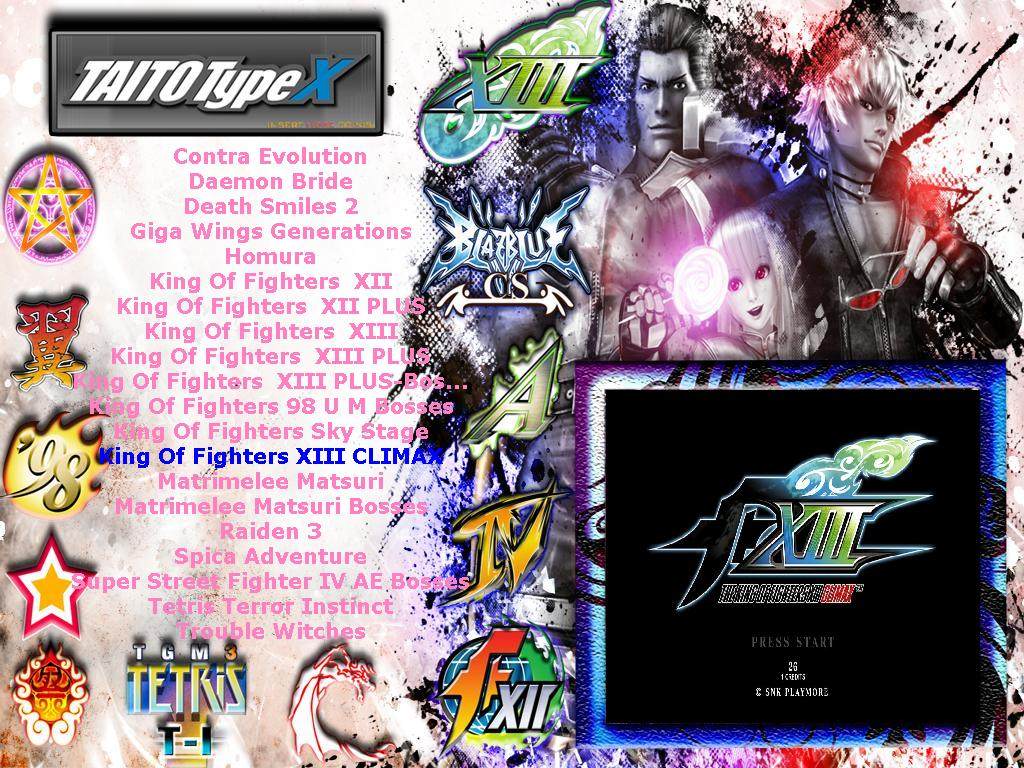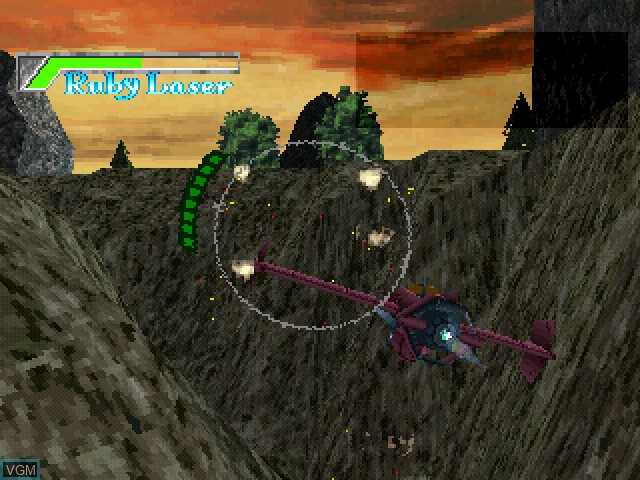


The arcade industry entered a "Golden Age" in 1978 with the release of Taito's Space Invaders, which introduced many novel gameplay features including a scoreboard. The video game industry transitioned from discrete integrated circuitry to programmable microprocessors in the mid-1970s, starting with Gun Fight in 1975. Main article: Golden age of arcade video games Pong was a commercial success, leading numerous other coin-op manufacturers to enter the market. Bushnell and Dabney followed their success of Computer Space with the help of Allan Alcorn to create a table tennis game Pong, released in 1972. Another Spacewar-inspired coin-operated video game, Galaxy Game, was demonstrated at Stanford University in November 1971. It was demonstrated at the Amusement & Music Operators Association (AMOA) show in October 1971. The early mainframe game Spacewar! (1962) inspired the first commercial arcade video game, Computer Space (1971), created by Nolan Bushnell and Ted Dabney and released by Nutting Associates. In the late 1960s, college student Nolan Bushnell had a part-time job at an arcade where he became familiar with EM games such as Chicago Coin's racing game Speedway (1969), watching customers play and helping to maintain the machinery, while learning the game business. Following Sega's EM game Periscope (1966), the arcade industry experienced a "technological renaissance" driven by "audio-visual" EM novelty games, establishing the arcades as a healthy environment for the introduction of commercial video games in the early 1970s. Įlectro-mechanical games (EM games) appeared in arcades in the mid-20th century. Numerous states and cities treated them as amoral playthings for rebellious young people, and banned them into the 1960s and 1970s. When pinball machines with electric lights and displays were introduced in 1933, but without the user-controller flippers which would not be invented until 1947, these machines were seen as games of luck. With the introduction of electricity and coin-operated machines, they facilitated a viable business. Games of skill had been popular amusement park midway attractions since the 19th century. Pong is the first commercially successful arcade video game Nevertheless, Japan, China, and Korea retain a strong arcade industry in the present day. The arcade industry had a resurgence from the early 1990s to mid-2000s, including Street Fighter II, Mortal Kombat, and Dance Dance Revolution, but ultimately declined in the Western world as competing home video game consoles such as the Sony PlayStation and Microsoft Xbox increased in their graphics and gameplay capability and decreased in cost. This golden age includes Space Invaders, Pac-Man, and Donkey Kong. Improvements in computer technology and gameplay design led to a golden age of arcade video games, the exact dates of which are debated but range from the late 1970s to mid-1980s. Until the late 1990s, arcade video games were the largest and most technologically advanced segment of the video game industry.Įarly prototypical entries Galaxy Game and Computer Space in 1971 established the principle operations for arcade games, and Atari's Pong in 1972 is recognized as the first successful commercial arcade video game. Most arcade video games are coin-operated, housed in an arcade cabinet, and located in amusement arcades alongside other kinds of arcade games. An arcade video game takes player input from its controls, processes it through electrical or computerized components, and displays output to an electronic monitor or similar display.


 0 kommentar(er)
0 kommentar(er)
